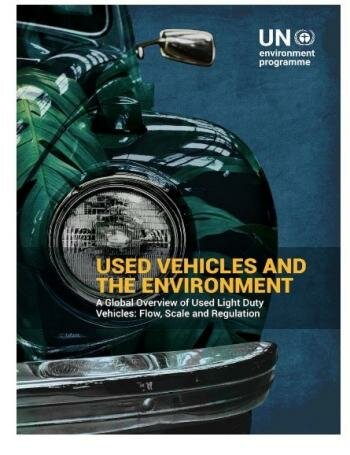Chemicals in products
About Chemicals in products
Chemicals that are mutagenic, carcinogenic, toxic to reproduction, endocrine disrupters (EDCs), neurotoxic, persistent, bioaccumulative and toxic (PBT) or very persistent and very bioaccumulative (vPvB) may have serious and often irreversible effects on human health and the environment. Only a few of these chemicals are currently regulated or banned under the Stockholm and Minamata Conventions. These hazardous chemicals are found in consumer products all over the world, resulting in the potential exposure of workers during manufacture, of consumers during use, of informal sectors involved in recycling and disposal with emphasis on women and children, and of the environment via wastewater and sewage sludges.
To date, documentation of hazardous chemicals in products often does not exist, and even when information about chemicals in products is available, it is often not made available outside supply chains or used for sound management. Measures to reduce chemicals of concern in products need to consider the whole value chain. Within a product life-cycle, specific stages, processes or product categories can be identified that account for a significant proportion of the impact of chemicals.
The transparency of information about chemicals in global supply chains has been an emerging policy issue for the Strategic Approach to International Chemicals Management (SAICM) since 2009, leading to programmes such as the UNEP Chemicals in Products (CiP) Programme. The CiP programme focuses specifically on the textiles, toys, electronics and building materials sectors.
Information exchange in the value chain is key in identifying and addressing any chemicals of concern in products. Brands and retailers frequently lack crucial knowledge about the properties and risks of chemicals used to manufacture products or chemicals that are direct ingredients of the products. They are therefore often not fully aware of whether harmful chemicals are contained in the finished products they sell. Beyond the supply chain, consumers are asking for more user-friendly, easily accessible and appropriate information on chemicals throughout their life-cycle. To safely manage chemicals of concern, it is necessary to identify during which life-cycle stage (e.g., production, product use, disposal) hazardous chemicals in products can result in adverse human health and environmental impacts, and target solutions adopting a life-cycle approach.
.
Show More Show Less














